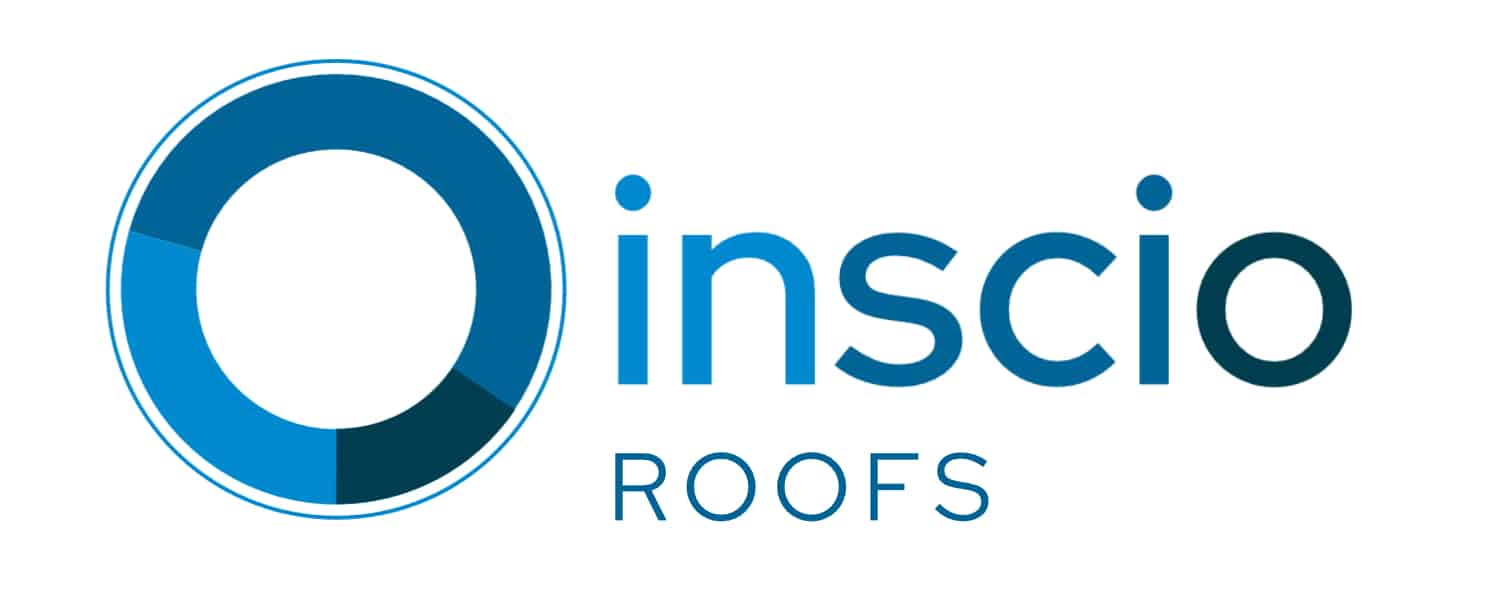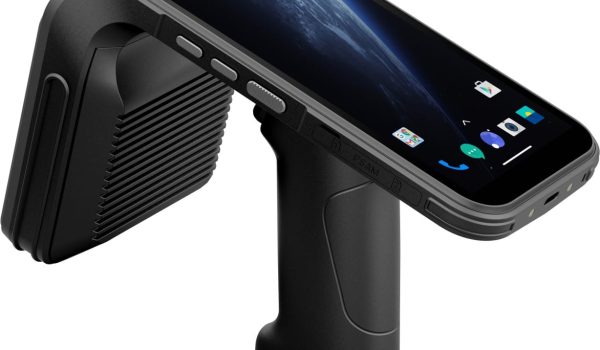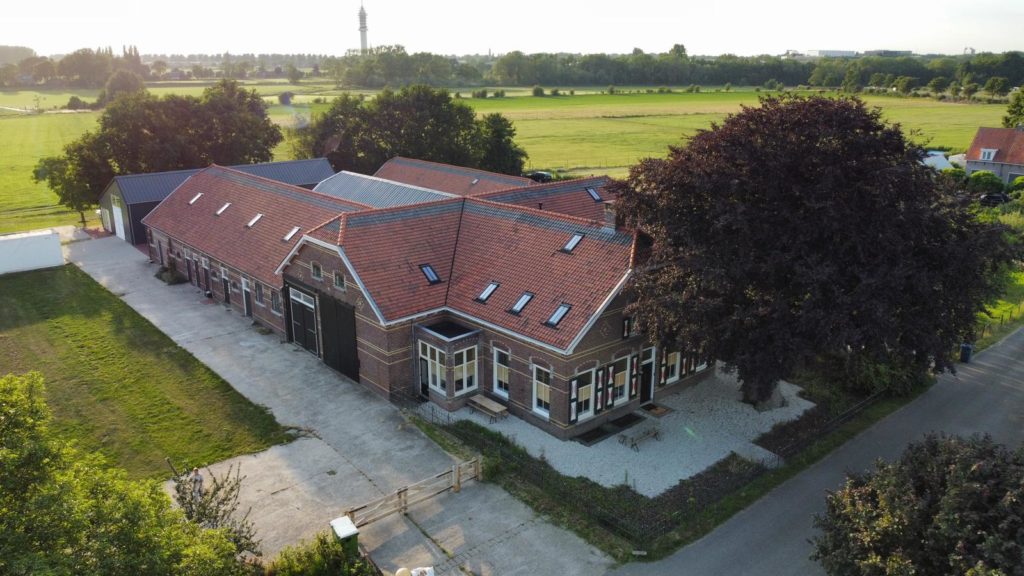Why sensors in the existing roof are pure logic
Most of the flat roofs in the Netherlands are existing. Often at the end of the planning cycle and thus ready for replacement according to the MJOP. But replacement is far from always necessary.
The real value is in the existing roof package. If that is dry and performing well, it can last for years longer and even serve as a foundation for additional insulation. Sensors make visible whether this is the case. They prove whether a roof is suitable for life extension and can serve as a basis for sustainability.
Therefore, sensors in the existing roof are pure logic.
Intervene where it must, save where it can
With sensors you see where abnormalities occur: moisture in the roof, humidity that rises in bad weather, a deviating temperature profile. And only there you intervene. You leave the rest of the roof alone.
Result: less cost, less material loss, more security.
Extend lifespan
An existing roof rarely needs to be completely replaced once the MJOP says so. Sensors reveal whether the package is still dry and stable. If it is, the roof can often last for years to come. Instead of large investments, you buy time. Time in which the roof continues to function and in which you can plan maintenance when it is really necessary.
Those extra years of life are pure profit. Each extension means postponement of major investments, lower costs and less inconvenience for users or residents. At the same time, you make a substantial contribution to sustainability: the existing material remains in use, CO₂ emissions from production and transport of new materials are postponed, and the overall environmental impact of the building decreases.
With our IoT sensors and LoRa, you make your roof smarter. Problems are detected faster, allowing you to take action before they get bigger. Whether you're responsible for a single building or an entire portfolio, make risk management easier.
Additional insulation as a logical next step
When an existing roof is dry and stable, it provides an excellent basis for preservation. Instead of replacing everything, the existing package can be left in place and given an additional layer of insulation. This process - additional insulation - avoids unnecessary demolition and makes smart use of what is already there. Sensors provide assurance that this can be done responsibly: they prove that no moisture is trapped and that the structure can handle the new layer.
The advantage of additional insulation is great. It is considerably cheaper than complete replacement, because labor and materials are limited. It is also faster: the building remains in better use and inconvenience is minimal. And it is arguably more sustainable, because existing materials are retained and CO₂ emissions from production, transport and waste disposal are drastically reduced. This makes sustainability not only possible, but also smart, affordable and responsible.
Investment versus savings
A common question is, "do the costs of sensors outweigh the benefits?" The answer is simple: yes. The investment in sensors is only a fraction of the savings you realize with them.
Just one leak prevented can save thousands of dollars in damage and failure costs. Postponing a complete roof replacement often saves tons. And reusing the existing package when re-insulating saves not only costs, but also time and CO₂. Compared to that, the cost of sensors is negligible - while the value they provide is structural and demonstrable.





